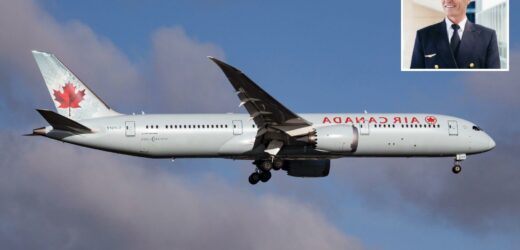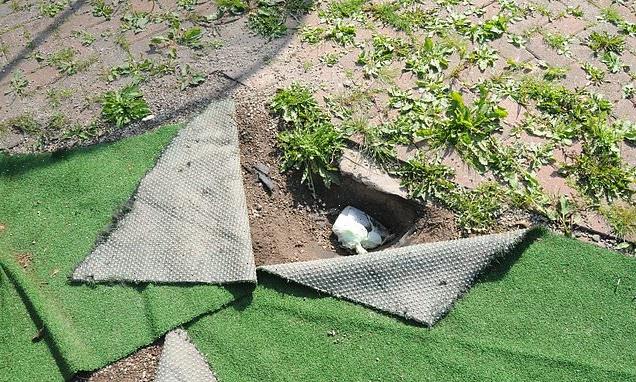MOST frequent fliers have experienced turbulence while on a plane – but have you ever wondered what the pilots are doing when it hits?
A veteran pilot has explained what exactly goes on in the cockpit when the plane hits a patch of turbulence.
Pilot Doug Morris flew planes for Air Canada for decades, most often using the Boeing Dreamliner.
To avoid turbulence, pilots use various bits of technology to detect and avoid the bumps.
But not all turbulence can be avoided, and when it strikes, it can be terrifying.
Captain Morris said: "When the bumps increase from jiggles to jolts, we're entering the realm of turbulence.
READ MORE IN TRAVEL
BA pilot dies shortly before he was due to captain packed passenger jet
Richard Kell swapped football to be a Jet2 pilot after horror double leg break
"That's when a pilot comes out of their happy stupor, especially when they hear other pilots on the radios describing the bumps as turbulence instead of chop."
Types of turbulence explained by a pilot
Convective turbulence
Usually due to heating in the atmosphere from the sun.
Orographic turbulence
Turbulence caused from wind formations flowing over hills and mountains.
Clear air turbulence
The hardest turbulence to predict, but usually occurs at high altitudes and statistically causes the most injuries.
Torrent eddies
Small bouts of turbulence caused by other big planes flying in the sky.
Mechanical turbulence
Unsteadiness caused by strong surface winds.
Low-level wind shear
Due to changes in wind speed which happen around thunderstorms.
When turbulence initially hits, you'll see the seat belt sign turned on, and flight attendants will stop serving hot drinks.
Pilots begin to find ways to make the ride smoother, Morris said, which may mean flying higher or lower.
If turbulence becomes moderate, passengers usually stop talking out of fear.
Most read in Travel
Travel trick that hotels hate you doing will save money
I went to the 'best beach in UK' – here is why you should visit this summer
Passenger reveals perfect £15 bag for avoiding luggage fees & even Ryanair agrees
Pilot transforms old plane into three-bedroom home – and lives in it full time
During moderate turbulence, flight attendants put away carts and begin securing the cabin, Morris said.
Morris explained severe turbulence makes stakes higher: "That's when you may hear a scream or two.
"Pilot voices have escalated several octaves on the radios. There will be paperwork to fill out."
The veteran pilot explained that often, the only way out of turbulence is often continuing to fly through it.
If a plane was to divert every time they hit a rough patch, it could add hours to the trip, and deplete fuel supplies.
But there's good news for nervous fliers: Morris says turbulence is only dangerous if passengers don't wear their seatbelts.
One pilot revealed the truth about turbulence that would turn most fliers away from taking to the skies.
Pilot Eser Askan said: "With severe turbulence, we don't control the plane.
"That doesn't mean it's going to flip upside down or anything, it's just not in our control at that moment, but it's still flying."
Eser said although some may get hurt during bad bouts of turbulence, the airplanes are usually completely undamaged.
A plane flying from Vancouver to Sydney was forced to land in 2019 after hitting turbulence so severe that 37 passengers had to seek medical attention.
Nine of the 37 injured passengers had to be rushed to hospital immediately after landing in Hawaii.
Read More on The Sun
I caked my face in makeup for my passport – people say customs won’t let me in
Couple add £180k to the value of their home spending £6k in the process
Last year, a plane flying across the Atlantic hit violent turbulence, with one girl breaking her nose.
Those onboard recalled the screams of terror as the passengers were jolted awake by the sudden rough patch.
Source: Read Full Article













